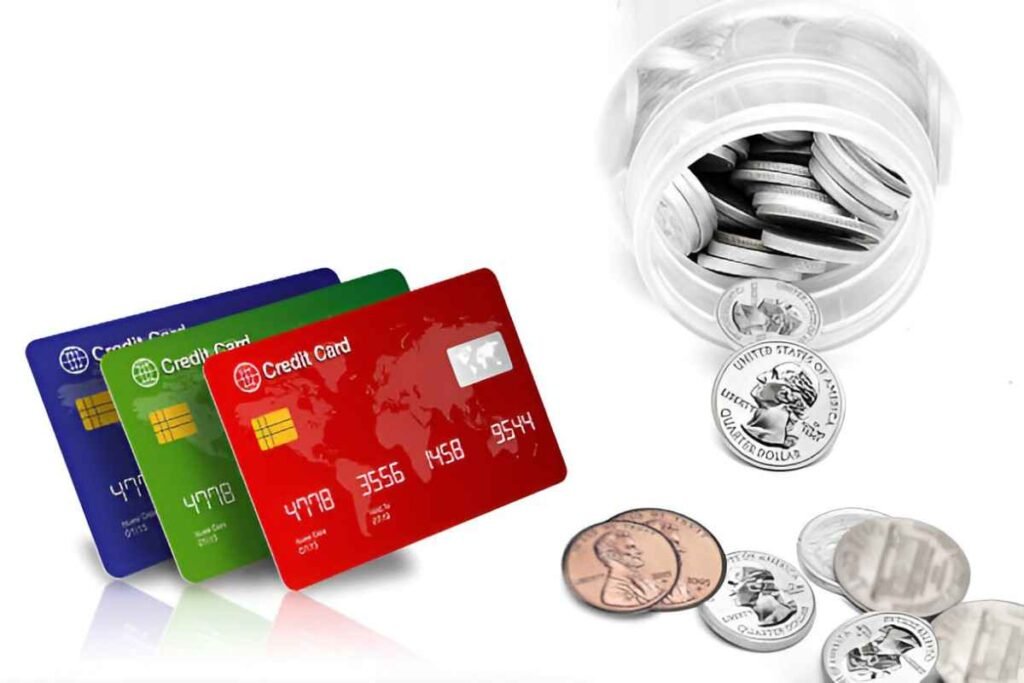Credit cards are an essential financial tool. They provide convenience, rewards, and financial flexibility. However, managing multiple cards can be overwhelming. The idea of having just one credit card for all expenses seems appealing. But is it the right choice? In this article, I will explore the benefits and drawbacks of relying on a single credit card and help you determine if it aligns with your financial goals.
Table of Contents
The Appeal of One Credit Card
Carrying a single credit card offers simplicity. It reduces the hassle of managing multiple due dates, reward structures, and credit limits. With one card, tracking expenses becomes easier, and the risk of missing payments decreases.
Here are some key benefits:
- Simplified Expense Tracking: When you use one card, all transactions are consolidated in a single statement. This makes budgeting more straightforward.
- Lower Risk of Missed Payments: Multiple cards mean multiple due dates, which increases the risk of missing a payment and incurring late fees.
- Reduced Credit Utilization Confusion: A single card allows you to monitor your utilization ratio without juggling several balances.
- Consistent Reward Accumulation: Some cards offer broad reward categories, which can help maximize points without needing multiple cards.
- Less Clutter: Carrying one card instead of several reduces wallet clutter and makes day-to-day transactions more efficient.
The Downsides of Using Only One Credit Card
While having a single card simplifies life, it does have limitations. Some of the drawbacks include:
- Limited Credit Utilization: Using one card for all expenses can result in high utilization, which may negatively impact your credit score.
- Lack of Backup: If the card is lost, stolen, or declined, you may face inconvenience.
- Missed Opportunities for Better Rewards: Some cards offer category-specific rewards that a general-purpose card might not cover.
- Potentially Higher Interest Rates: If your card carries a high annual percentage rate (APR), carrying a balance could become costly.
- Limited Perks: No single card offers all benefits, such as travel insurance, cashback, or purchase protection.
Comparing Single vs. Multiple Credit Cards
To provide a clearer picture, here is a comparison of using one card versus multiple cards based on key criteria.
| Criteria | One Credit Card | Multiple Credit Cards |
|---|---|---|
| Ease of Management | High | Moderate to Low |
| Reward Optimization | Moderate | High |
| Credit Utilization | High (potentially negative) | Low (if managed well) |
| Emergency Backup | Low | High |
| Annual Fees | Lower | Potentially higher |
| Risk of Overspending | Lower | Higher |
From the table, it is evident that using one card simplifies financial management but may limit reward potential and flexibility.
Choosing the Right All-in-One Credit Card
If you decide to rely on one credit card, selecting the right one is crucial. Consider the following factors when making your choice:
- Rewards Program: Choose a card that aligns with your spending habits. Look for cards that offer flat-rate cashback or rewards on all purchases.
- Interest Rates: Opt for a card with a low APR if you occasionally carry a balance.
- Credit Limit: A higher limit can help manage utilization and avoid maxing out the card.
- Annual Fees: Ensure the rewards and benefits justify any fees.
- Additional Perks: Look for travel insurance, extended warranties, and fraud protection.
Here is an example calculation to illustrate the impact of rewards on different spending categories:
| Spending Category | Monthly Spend | Cashback Rate | Annual Cashback |
|---|---|---|---|
| Groceries | $500 | 2% | $120 |
| Dining | $300 | 3% | $108 |
| Gas | $200 | 1.5% | $36 |
| Other Expenses | $1,000 | 1% | $120 |
| Total | $2,000 | – | $384 |
Choosing a card with a higher cashback rate on your most frequent spending categories can maximize benefits.
Strategies to Optimize a Single Credit Card
Even if you opt for one card, strategic usage can help you get the most out of it:
- Pay Off the Balance in Full: Avoid interest charges by paying off your balance each month.
- Utilize Automatic Payments: Setting up auto-pay can help prevent missed payments.
- Monitor Credit Utilization: Keep your balance below 30% of the credit limit to maintain a good credit score.
- Leverage Sign-Up Bonuses: Many cards offer lucrative sign-up bonuses that can provide an initial boost in rewards.
- Track Spending Patterns: Use budgeting tools to ensure spending aligns with financial goals.
When It Makes Sense to Have Multiple Credit Cards
While one card may suit many people, there are scenarios where multiple cards can be beneficial:
- If you travel frequently and require specialized travel perks like lounge access and travel insurance.
- If you want to optimize rewards across different spending categories such as groceries, dining, and travel.
- If you want a backup in case of fraud or declined transactions.
Final Thoughts
Having just one credit card for all purposes can simplify your financial life and reduce stress. However, it is important to consider the trade-offs. By carefully selecting a card that fits your lifestyle and practicing good credit habits, you can make the most of having a single card. If your financial needs are diverse, a multi-card strategy might be a better fit. Ultimately, the best approach depends on your spending habits, financial goals, and discipline.





